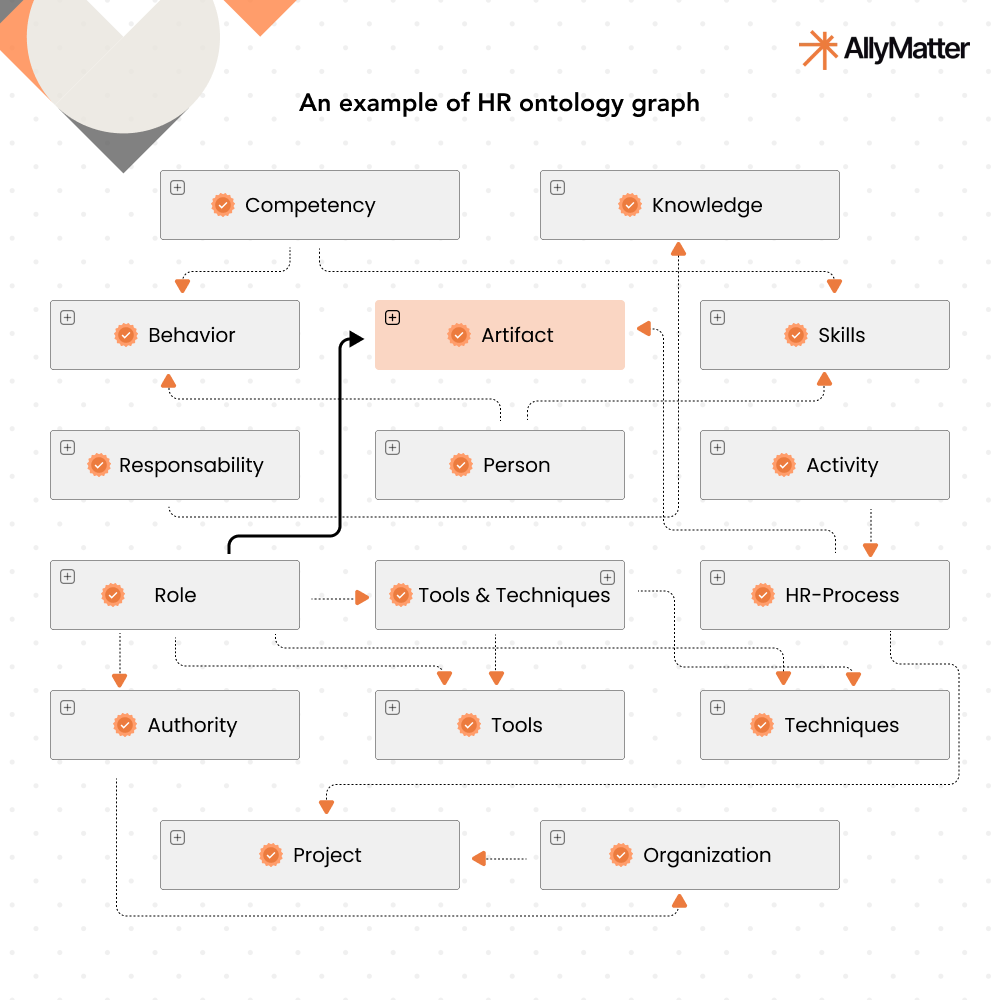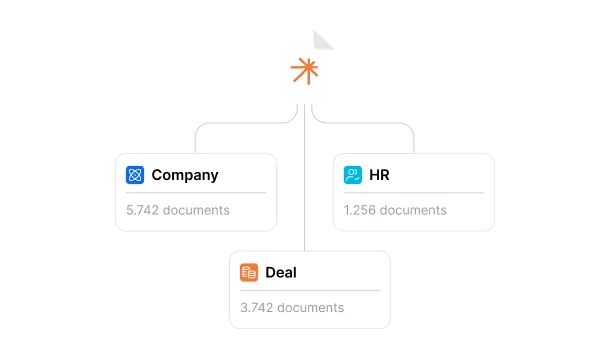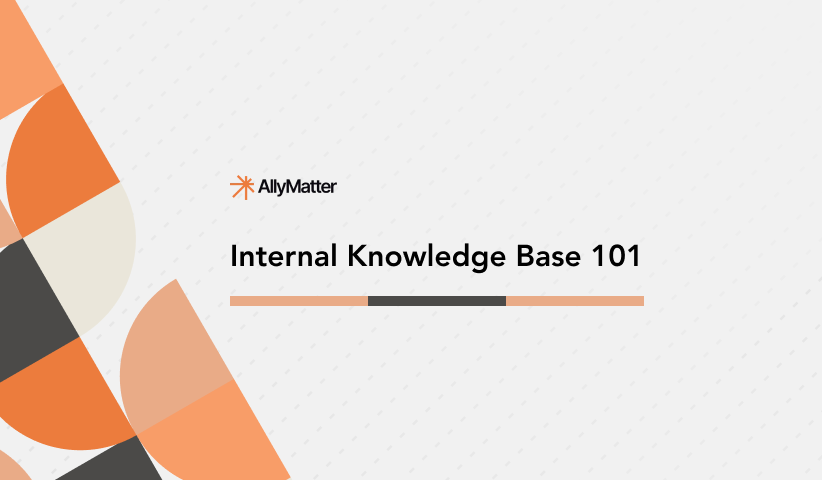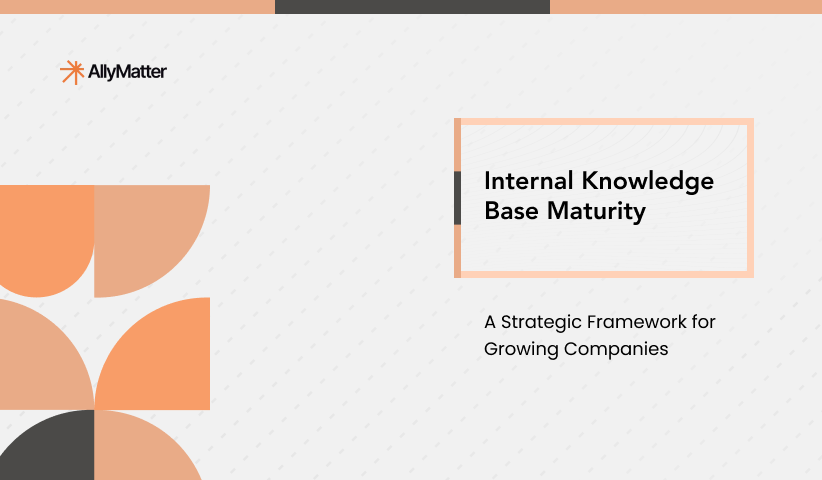
1.7 million workers are missing from the workforce compared to February 2020, according to the US Chamber of Commerce, and with ongoing layoffs impacting many companies, the loss of experienced employees has become a pressing concern. When teams shrink, businesses run the risk of losing valuable institutional knowledge.
A defense contractor shared how an engineer’s exit led to substantial production delays for a company’s flagship product. The engineer worked with a tunneled vision, leaving little room for the organization to document her knowledge. Her exit meant the company lost access to her deep technical know-how.
As nearly three-quarters of CEOs predict a labor shortage that could disrupt businesses, companies can safeguard their collective memory by fostering a culture of continuous knowledge transfer and rewarding employees who contribute to strengthening this effort.
First things first: Evaluating knowledge
Institutional knowledge is typically classified into three categories:
Explicit knowledge
Explicit knowledge refers to the information found in data files, training materials, publications, reports, CRM systems, and other on-cloud resources. It is the easiest to capture, manage, and preserve, as all of this can be done through internal knowledge management software without requiring direct person-to-person interactions.
Tacit knowledge
Tacit knowledge refers to undocumented information that is acquired through intuition and experience, like a tenured sales executive’s client intelligence. Knowing what to say to a particular client to close a sale comes from personal experience and understanding how customers respond to specific calls to action.
Implicit knowledge
Implicit knowledge like best practices and skills are personal. Knowledge transfer through training and interpersonal interactions is crucial here.
In comparison to explicit knowledge, tacit and implicit knowledge is much harder to capture. According to Panopto research, 42% of institutional knowledge is unique to individual employees and isn’t documented elsewhere in the organization. The most efficient way to retain it is by integrating knowledge sharing with ongoing organizational practices.
3 proven strategies for knowledge capture
Knowledge maps
K-maps within internal knowledge bases use graph-structured models to capture key objects, events, situations or concepts in a domain and their interrelationships by organizing them in a graph structure with nodes and edges.
LinkedIn implemented this approach within their own customer service team, improving retrieval and response metrics and enhancing overall service effectiveness. Providing more factual and grounded responses reduced the median per-issue resolution time by 28.6%.

| ⏲️Implementation time frame: Short to medium 💡Pro tip: Create a visual representation of where employees can find experts and information within the enterprise. For maximum impact, ensure that it is flexible and evolves with company needs. ⚠️Watch out for: – Overcomplication: Too many nodes or overly complex relationships can overwhelm users. – Outdated Information: Ensure the knowledge map is regularly updated with new content and connections. – Lack of User Adoption: Employees might resist using the map if it isn’t easily accessible and user-friendly. |
Hackathons
Hackathons foster cross-functional interactions that accelerate the transfer of tacit knowledge, capture insights from experienced team members, and document solutions that turn into valuable assets for the organization. They provide an exciting way to eliminate knowledge silos across teams, even as individuals come and go.
Facebook has hosted over 50 internal hackathons since its inception, making them a key part of the company’s culture. Besides team bonding, Facebook hackathons are proven to be crucial for discovery and innovation. Iconic platform features like ‘Donations’, ‘Safety Check’, and even the ‘Like’ button all originated from these events.
| ⏲️Implementation time frame: Medium 💡Pro tip: Invite employees to participate in internal competitions where they are given basic time and resources to develop ideas that solve problems based on their experience and knowledge. ⚠️Watch out for: – Resource Constraints: Ensure there’s enough support to bring innovative concepts to fruition. – Idea Fatigue: Balance the frequency of events with sufficient downtime or follow-up to maintain excitement and creativity. – Unclear Implementation Pathways: Set up processes to evaluate, refine, and implement the most promising concepts after the event. |
Root cause analysis
RCA exercises led by experienced team members can help systematically identify underlying causes, capture critical insights and pass down problem-solving approaches on to new team members. By retaining the valuable expertise, companies can prevent recurring problems and increase decision-making accuracy.
Reonomy, a real estate data platform, uses RCA to identify inefficiencies in data processing and software development. By analyzing customer feedback and internal issues, the team applies RCA to document solutions that helps preserve knowledge about data handling processes, and allows new developers to learn from past experiences.
| ⏲️Implementation time frame: Medium to long 💡Pro tip: Use the ‘5 Whys’ analysis method to dig deeper, and create visual documentation like flowcharts or cause-and-effect diagrams to represent these findings. ⚠️Watch out for: – Lack of Follow-Up: RCA should not be a one-time exercise. Without continuous updates to solutions, teams may fall into old habits. – Overlooking Small Issues: Don’t ignore the smaller problems that could lead to bigger challenges later. |
[Use cases] Institutional knowledge for small businesses
Keep your business from starting over every time
Employees may leave and roles can shift. That shouldn’t mean you reinvent the wheel with every new hire.
| 🔍Case in point: Grubhub, a food delivery company, filmed training videos to help new drivers understand their roles in the first few days at work. An optimized onboarding process resulted in a 17.5% increase in first 30 day deliveries. 🗝️ What can you do? – Maintain an internal knowledge base: Create step-by-step guides for recurring tasks and document SOPs in one accessible location. |
Read more: Check out how growing businesses benefit from powerful internal knowledge management.
Create a culture of self sufficiency
Every business has that one superstar employee running things smoothly. That doesn’t mean your business loses critical knowledge when they are unavailable.
| 🔍Case in point: Trader Joe’s implemented a strategic mentorship program that pairs experienced store managers with high-potential assistant store managers. A structured internal promotion system resulted in 100% of Store Managers promoted from the Mate position and reduced the reliance on few individuals. 🗝️What can you do? – Implement Cross-Training: Ensure employees can fill in for each other to maintain continuity. |
Stop repeating mistakes you’ve already learned from
Mistakes are inevitable. That doesn’t mean your business keeps building on a flawed foundation.
| 🔍Case in point: Etsy implemented a system of ‘retrospectives’ after each platform update to document what went wrong and what was learned. An agile development system scaled their traffic 3X, connecting 2.5 million sellers with nearly 46 million buyers. 🗝️What can you do? – Create a failure log: Track mistakes and lessons learned from each project in a shared document or system, so future teams can avoid similar pitfalls. |
Protect your team’s collective wisdom with AllyMatter
Every product is born out of a solution. A solution to a persistent problem. So is AllyMatter.
The founding team of AllyMatter has witnessed the unique challenges growing businesses face first-hand – be that managing limited resources, scaling operations efficiently, or ensuring knowledge doesn’t walk out the door when employees do. AllyMatter was created to protect your most valuable asset: knowledge.
Our platform helps takes the stress out of building and managing internal documentation with:
- Smart tags and customizable categories: Intelligent organization and powerful metadata search mean you’ll never lose another file again.

- End-to-end audit trail: Compare versions side-by-side, track all edits and approvals in one place for effortless compliance.
- Granular, simple access control: Add users, assign roles, and control permissions from one dashboard.
- Built-in e-signatures: Securely sign, approve, and manage documents without leaving the platform or needing extra tools.
Ready to see the AllyMatter difference in action? Join the waitlist and be among the first to get a live demo!
Frequently asked questions
What’s the difference between explicit and tacit knowledge in my organization?
Explicit knowledge includes documented procedures, reports, and training materials that anyone can access. Tacit knowledge is the undocumented expertise your experienced employees carry – like knowing which clients respond to specific approaches or understanding unwritten processes that make operations run smoothly.
How do I identify which knowledge is at risk when employees leave?
Start by mapping critical processes to specific individuals. Look for single points of failure where only one person knows how something works. Focus on roles with unique client relationships, specialized technical skills, or those involved in decision-making processes that aren’t documented.
What’s the most effective way to capture knowledge from departing employees?
Implement structured exit interviews focused on knowledge transfer, not just HR formalities. Have them document their daily processes, create video explanations of complex tasks, and pair them with their replacement for hands-on knowledge transfer sessions.
How can small businesses implement knowledge preservation without overwhelming resources?
Start with documenting your most critical processes first. Use simple tools like shared documents or basic knowledge management platforms. Focus on capturing knowledge during routine activities rather than treating it as a separate project.


